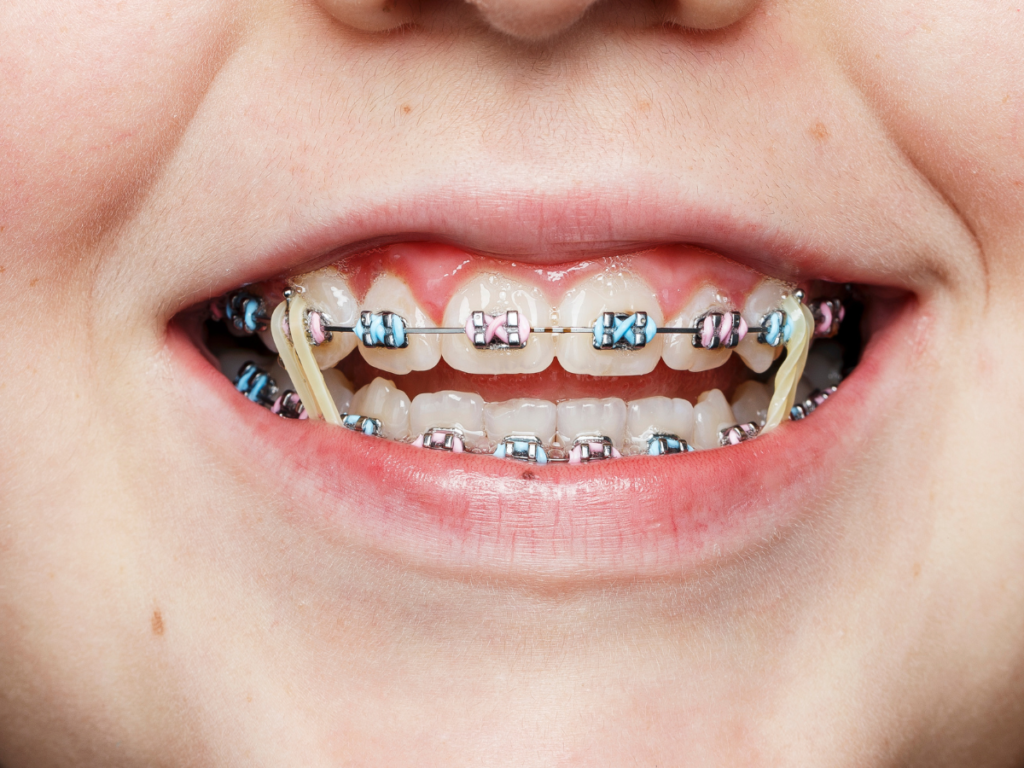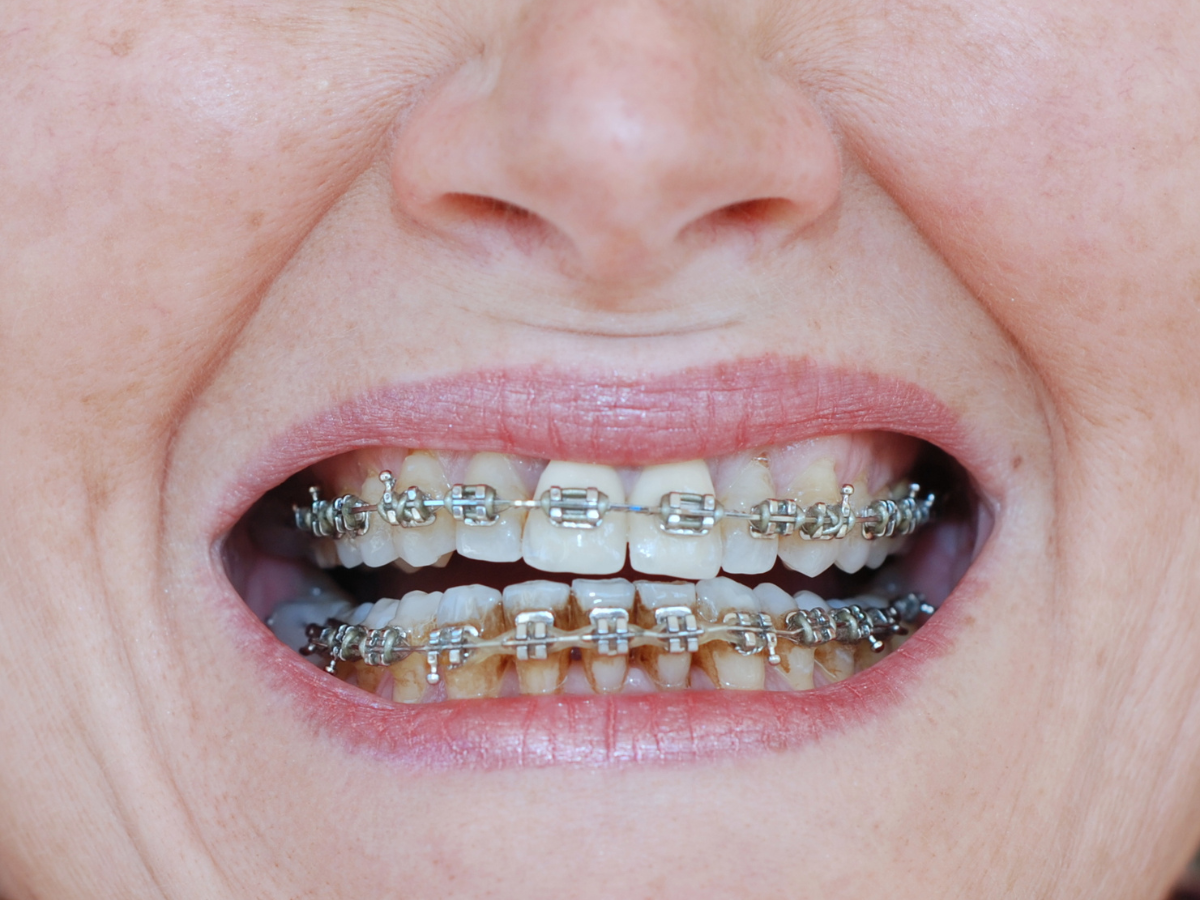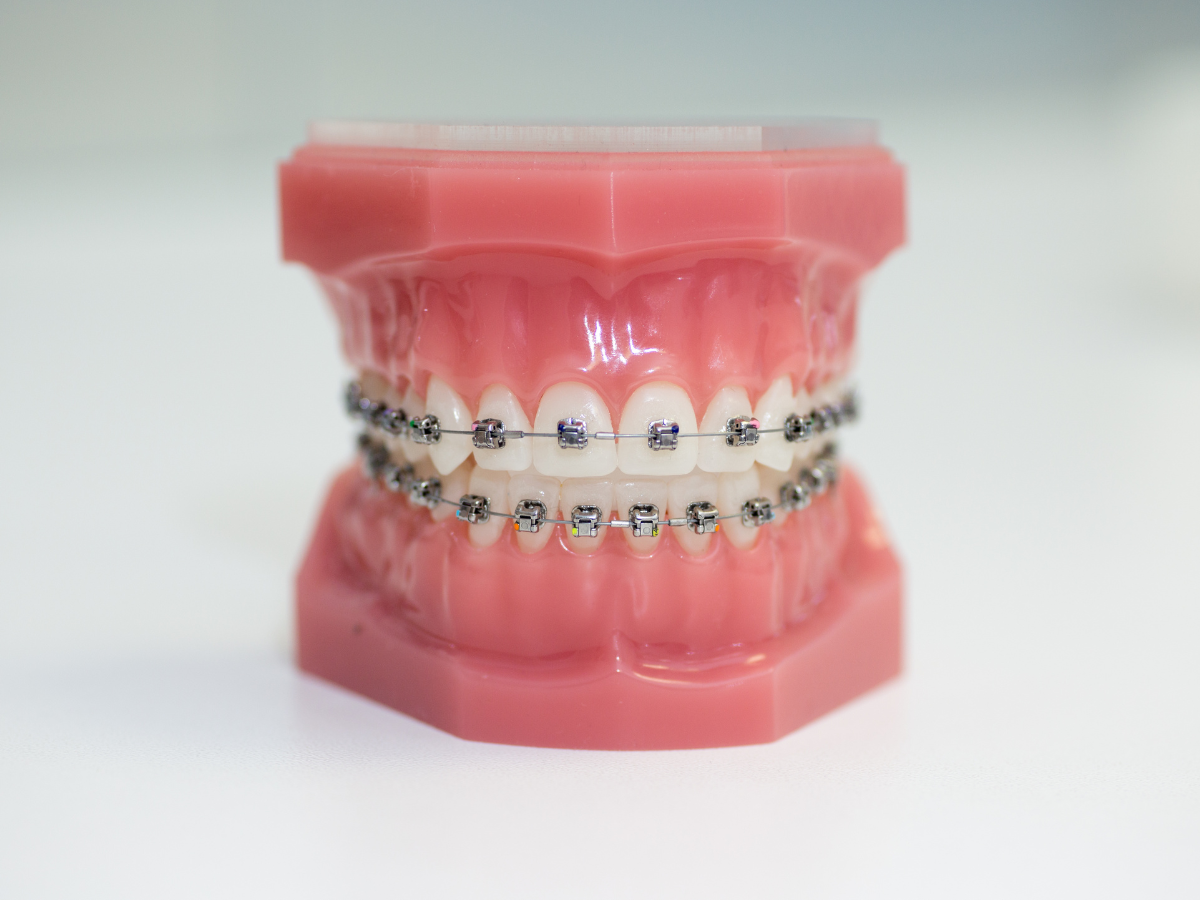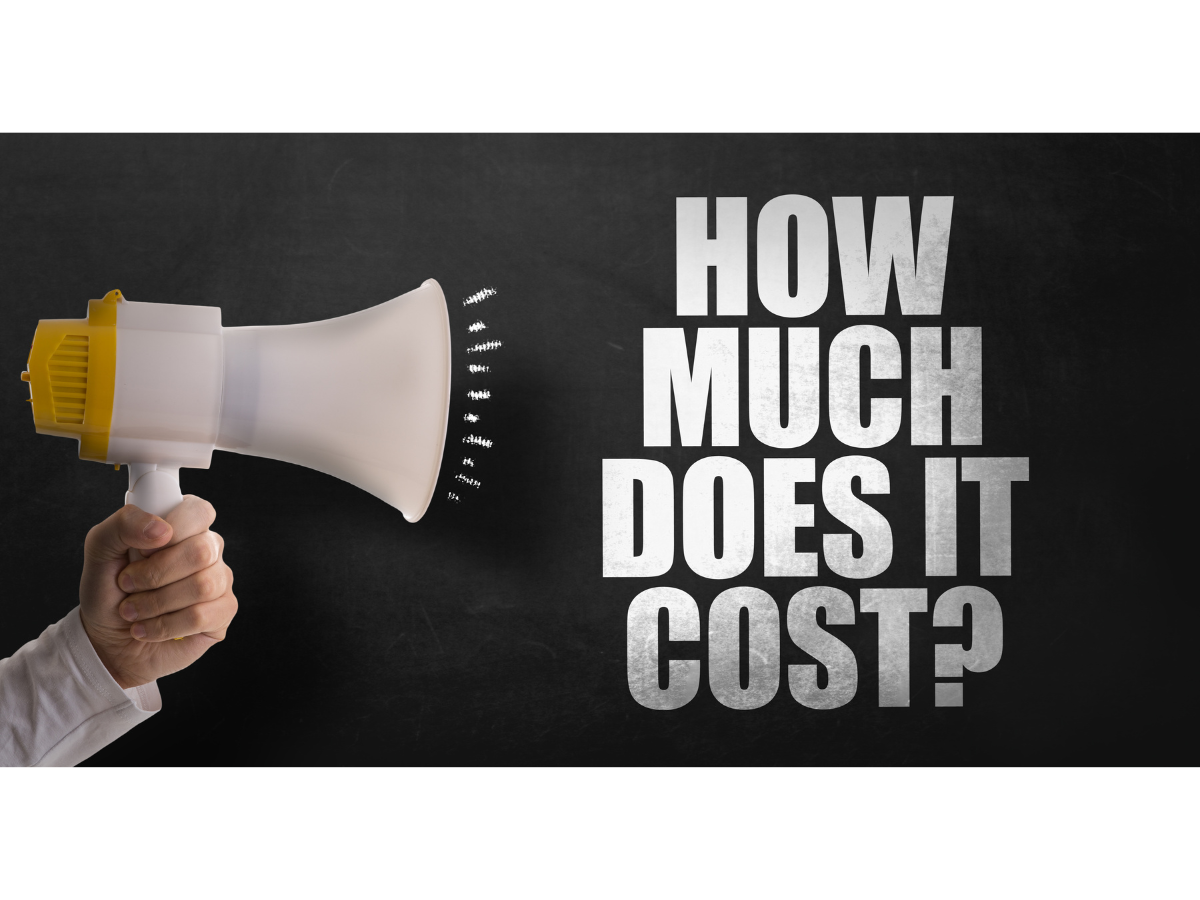
The journey towards a straighter, healthier smile with braces can be exciting, filled with anticipation and maybe even a touch of trepidation. While the metal brackets and wires are the workhorses of this transformation, there’s another player often joining the party later on: the humble rubber band. But when do these tiny elastics become part of your braces experience, and what exactly are they doing there?
Not Everyone Gets the Bandwagon
Before diving into the timing, let’s address a crucial point: not everyone who wears braces needs rubber bands. These elastics are specifically used to address specific bite problems, such as overbites, underbites, crossbites, or open bites. If your teeth are primarily concerned with alignment, you might sail through the entire braces journey without encountering these colorful companions.
So, When Do They Show Up?
If your treatment plan includes rubber bands, the timing of their arrival can vary. Generally, they appear somewhere in the middle of your braces journey, often around 4 to 8 months in. However, this can be highly individual. Some factors influencing the timing include:
- The complexity of your bite issue: More intricate bite corrections might necessitate earlier or longer rubber band use.
- Your orthodontist’s treatment philosophy: Some prefer introducing elastics early on, while others wait for teeth to settle before applying additional forces.
- The type of braces you have: Specific bracket designs might be more conducive to using elastics at certain stages.
Don’t worry, your orthodontist will be your personal roadmap. They’ll explain exactly when rubber bands will be introduced, how to wear them correctly, and what changes to expect.
The Power of the Tiny Band
But what magic do these little elastics possess? They work by applying gentle, targeted pressure, guiding specific teeth into their desired positions. This pressure can work wonders for correcting jaw alignment, closing gaps between teeth, or rotating individual teeth. A common question that arises in this context is, ‘can you eat with rubber bands on your braces?‘ Indeed, you can eat with rubber bands on your braces, although it may require some adjustments to your eating habits. These rubber bands are designed to be durable and to stay in place during most daily activities, including meals. However, for comfort and to ensure the bands perform effectively, it might be recommended to avoid very sticky or hard foods that could dislodge them. Always follow your orthodontist’s advice on how to manage your rubber bands during meals for the best results in your orthodontic treatment.
Think of them as tiny teamwork champions. While the wires and brackets focus on overall alignment, the rubber bands tackle the finer details, bringing everything into perfect harmony.
Types of Rubber Bands:
There’s not just one kind of rubber band in the braces world. Here’s a quick rundown:
- Interarch elastics: These connect hooks on your upper and lower braces, applying forces between the jaws.
- Intraarch elastics: These connect hooks on the same arch, targeting specific tooth movements within one jaw.
- Triangle elastics: These create a triangular shape between hooks on different teeth, offering more precise control.
- Headgear elastics: These connect the braces to a headgear worn outside the mouth, addressing specific jaw issues.
The Rubber Band Life: What to Expect
Wearing rubber bands can feel a bit strange at first, adding a new layer of pressure to your braces experience. But don’t fret! Here’s what to expect:
- Initial adjustment: Your mouth might feel sore or uncomfortable for a few days as it adapts to the new forces.
- Wearing instructions: Your orthodontist will provide detailed instructions on how to wear the bands, how often to change them, and when to take them off (usually for eating and brushing).
- Be consistent: The key to success is consistent wear. Skipping or forgetting the bands can slow down your progress.
- Patience is key: Remember, the changes don’t happen overnight. Trust the process and enjoy the gradual progress towards your dream smile.
Embrace the Journey, Elastics and All!
Wearing braces is an investment in your oral health and confidence. While the initial adjustment might take time, the end result is a beautiful, healthy smile that lasts a lifetime. Embrace the journey, including the sometimes mysterious world of rubber bands, and remember, your orthodontist is there to guide you every step of the way.



